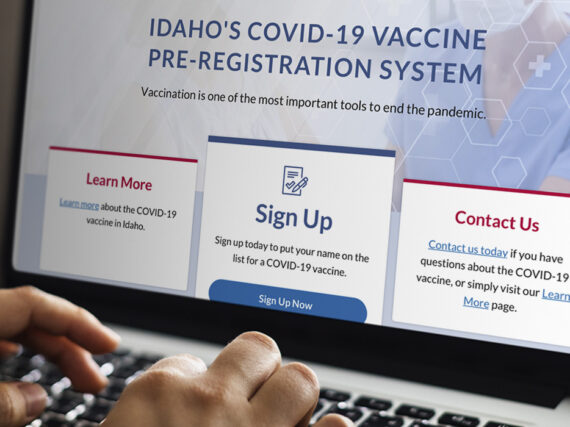With the 2018 Farm Bill pending for this September 30, the House and Senate are debating to what extent it will effect the 41 million Americans who rely on SNAP (Supplemental Nutrition Assistance Program) for food stamps.
The Senate is facing pressure to pass the House version of the Farm Bill that increases work requirements for SNAP recipients to age 59 (formerly to age 49). Work requirements mean SNAP recipients are required to spend 20 hours a week working, or looking for work, in order to receive food stamps.
Those in favor of increased work requirements say they help people find meaningful employment instead of relying on welfare, and that people are happier and healthier as a result. Those opposed say work requirements can deny aid to people in need who have injuries, criminal records, or other obligations that prevent regular employment.
From our perspective, work requirements are only viable if the appropriate support is provided to guide participants to meaningful jobs that pay a livable wage.
Programs that support work requirements
As we detailed in a previous post, How Software Supports Welfare-to-Work Options, we believe it’s of primary importance that work requirements are accompanied by systems that support the assessment, follow up, and success of back-to-work programs.
“Even if they are physically able to return to work, the populations in question are likely in need of guidance and support in order to to do so. In terms of efficacy, the nonpartisan social policy research organization, MDRC, has concluded that “mandatory mixed-initial-activity programs” (those that require skills assessment and counsellor-directed involvement in either education, training or job search activity) are the most likely to yield win/win outcomes. These can both reduce government costs and increase participant incomes.”
To this end, we developed the Employment and Training System (ETS) to help Idaho’s Employment & Training (E&T) program track the progress of participants in SNAP and Temporary Assistance for Families in Idaho (TAFI/TANF).
In another post, From Down and Out to a New Life, we looked how E&T works with career counsellors at MAXIMUS, a third party vendor, to help citizens get back to work. We detailed the successful outcome for a specific E&T customer working with a MAXIMUS career coach to find a new job, one that didn’t aggravate pain that was making it difficult for her to work.
“Through a combination of great coaching and the methodical approach supported by ETS, people’s lives can change for the better.”
Big picture goals
Another political goal behind enforcing work requirements for SNAP benefits is to encourage workforce participation during a time of low unemployment rates.
In All In a Day’s Work, we detailed how our clients at Minnesota DEED are encouraging labor force participation with a new and improved job-search tool developed with federal funds from a Workforce Innovation Grant.
“WIF work in states such as Minnesota is an important building block for true recovery of worker well-being. To this end, the DEED portal will target individuals who need employable skills, and help them find training in the areas of high projected job growth in Minnesota, such as healthcare and retail, according to DEED’s outlook.”
Similar to software that supports work requirements, we believe portals such as DEED’s are needed to support re-entry into the labor force in a sustainable way, where workers are able to find meaningful jobs that pay a livable wage.
Next steps
For now, a congressional conference committee is working to bring the House and Senate versions of the 2018 Farm Bill into unison. Until they find a happy medium, food security for many families remains at risk.
In the rush to add work requirements to federal benefits, we can’t forget the necessity of providing a smooth transition from welfare to work. Only when viable employment is secured can self sufficient food security be established.
Learn more
- How Software Supports Welfare-to-Work Options
- All In a Day’s Work
- From Down and Out to a New Life
- Contact us with any questions about our work on ETS and DEED







